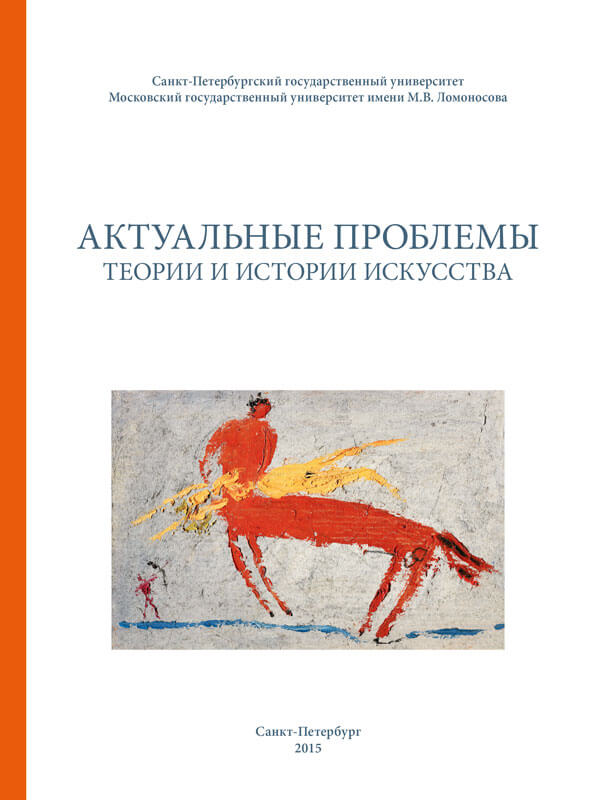The Archaeological Park at Stabiae: a Regional Interdisciplinary and Sustainable Approach
DOI:
https://doi.org/10.18688/aa155-1-14Keywords:
the Naples Bay, the Vesuvian area, Stabiae, ancient Roman elite maritime villas, Restoring Ancient Stabiae (RAS) Foundation, University of Maryland, the American Academy of Rome, Soprintendenza Archeologica di Pompei, Soprintendenza Speciale per i Beni Archeologici, di Napoli e Pompei (SANP), di Pompei, Ercolano e Stabia (SS-PES), Soprintendenza Speciale dei Beni Culturali di Pompei, Ercolano e Stabia (SPES), Master plan, national secured historical area, archaeological park, restoring of Roman architecture, preservation of archaeological sitesAbstract
The site of Stabiae is a very unusual archaeological site. It was not just a site of great luxury or great art: it is the best-preserved example of one of the most important seats of political power and architectural art during the formation of the Roman Empire. Unlike Herculaneum or Oplontis, it is possible to excavate entire villas in their totality. First excavated from 1749 to 1782, reburied and forgotten (though excellent plans were published in 1881), later it attracted very little public or scholarly attention before 1998 when the first steps were made to form the Restoring Ancient Stabiae Foundation. It was rediscovered and partly re-excavated from 1950 by a local high school principal, and in the 1960’s excavation passed to the Superintendancy of Pompei, but it was RAS Foundation — a joint structure under the University of Maryland and the American Academy of Rome, and the Soprintendenza Archeologica di Pompei (later Speciale dei Beni Archeologici di Pompei e Napoli, SANP) that proposed the Master Plan of non-invasive suggestive reconstruction of the site for its further conservation, restoration and maintenance as an archaeological park. A true archaeological park requires a concatenation of features which presents the ruin as embedded in coherent spatial and historical environment, which are available at Stabiae. General principles and certain details of the project are presented and explained by the authors.
References
Adam J.-P.; Frizot M. Dégradation e restauration de l’architecture pompéienne Institut de recherche sur l’architecture antique. Paris, Éditions du Centre National de la Recherche Scientifique Publ., 1983. 112 p. (in French).
Adams G. W. The Suburban Villas of Campania and their Social Function. British Archaeological Reports, International series, 1542. Oxford, Archaeopress Publ., 2006, pp. 9–24.
Albright H. M. Origins of the National Park Administration of Historic Sites. Philadelphia, Eastern National Park and Monument Association Publ., 1971, pp. 17–23.
Benevolo L. Roma. Studio per la sistemazione dell’area archeologica centrale. Lavori E Studi Di Archeologia. Roma, Leonardo Arte Publ., 1985. 120 p. (in Italian).
Bonifacio G., Sodo A. M. Stabiae, Guida Archeologica alle Ville. Castellammare di Stabia, N. Longobardi Publ., 2001. 215 p. (in Italian).
Camardo D. La riscoperta di Stabia negli scavi negli anni Cinquanta. Stabiae dai Borbone alle ultime scoperte. Castellammare di Stabia, N. Longobardi Publ., 2001, pp. 69–72 (in Italian).
Camardo D.; Ferrara A. (eds.). Stabiae dai Borbone alle ultime scoperte. Castellammare di Stabia, N. Longobardi Publ., 2001. 175 p. (in Italian).
Frazer A. (ed.). The Roman Villa. Villa Urbana. Philadelphia, University of Pennsylvania, Museum of Archaeology and Anthropology, Penn Press Publ., 1998. 120 p.
Howe T. N. The Architectural Evolution of the Villas of Stabiae, c. 80 BC–AD 79 (in press).
Howe T. N. The Master Plan for the Archaeological Park at Stabia. In Stabiano, Exploring the Ancient Seaside Villas of the Roman Elite. Castellammare di Stabia (Na), N. Longobardi Publ., 2004, pp. 95–104.
Howe T. N. Restoring Ancient Stabiae: Le Potenzialita’ per un Parco Archeologico. Stabiae: storia e architettura. 250 anniversario degli scavi di Stabiae 1749–1999. Convegno internazionale Castellammare di Stabia 25–27 marzo 2000, Roma, „L’Erma“ di Bretschneider Publ., 2002, pp. 189–194 (in Italian).
Lee R. F. The Origin and Evolution of the National Military Park Idea. Washington DC, Office of Park Historic Preservation Publ., 1973 – Available at: http://www.nps.gov/parkhistory/online_books/ history_military/nmpidea7.htm (Accessed July 15, 2015).
D’Orsi L. Gli scavi di Stabiae. Ministero per i beni culturali ed ambientali, Soprintendenza Archeologica di Pompei. Monografie, vol. 11. Roma, Edizioni Quasar Publ., 1996. 520 p. (in Italian).
Rossano P. Le Esplorazioni settecentesche all’ombra di Vesuvio. Stabiae dai Borbone alle ultime scoperte. Castellammare di Stabia, N. Longobardi Publ., 2001, pp. 17–22.
Ruggiero M. Degli Scavi di Stabia dal MDCCLIX al MDCCLXXXII Degli Scavi (“On the Stabiae excavations from 1749 to 1782”). Napoli, 1881 (in Italian).
Runte A. The National Parks: The American Experience. Plymouth, UK, Taylor Trade Publishing, 2010. 336 p.
Stäel G. N. (Madame de Stäel) Corinne, or Italy. London, J. M. Dent & Company Publ., 1894 (in Italian) [= Oxford, University Press Publ., 1999. 464 p. (in English)].
Wallace-Hadrill A. Villa as Cultural Symbol. The Roman Villa. Villa Urbana. Philadelphia, University of Pennsylvania Museum of Archaeology and Anthropology, Penn Press Publ., 1998, pp. 43–54.
Yegül F., Favro D. (eds.) Paradigm and Progeny: Roman Imperial Architecture and Its Legacy. Conference. In Honor of William L. MacDonald. The American Academy in Rome, December. 6–7, 2011. Available at: http://www.aarome.org/it/content/paradigm-and-progeny-imperial-architectureand-its-legacy (Accessed July 15, 2015).
Zarmakoupi M. Designing for Luxury on the Bay of Naples Villas and Landscapes c. 100 BCE – 79 CE. Oxford, Oxford University Press Publ., 2014. 312 p.


